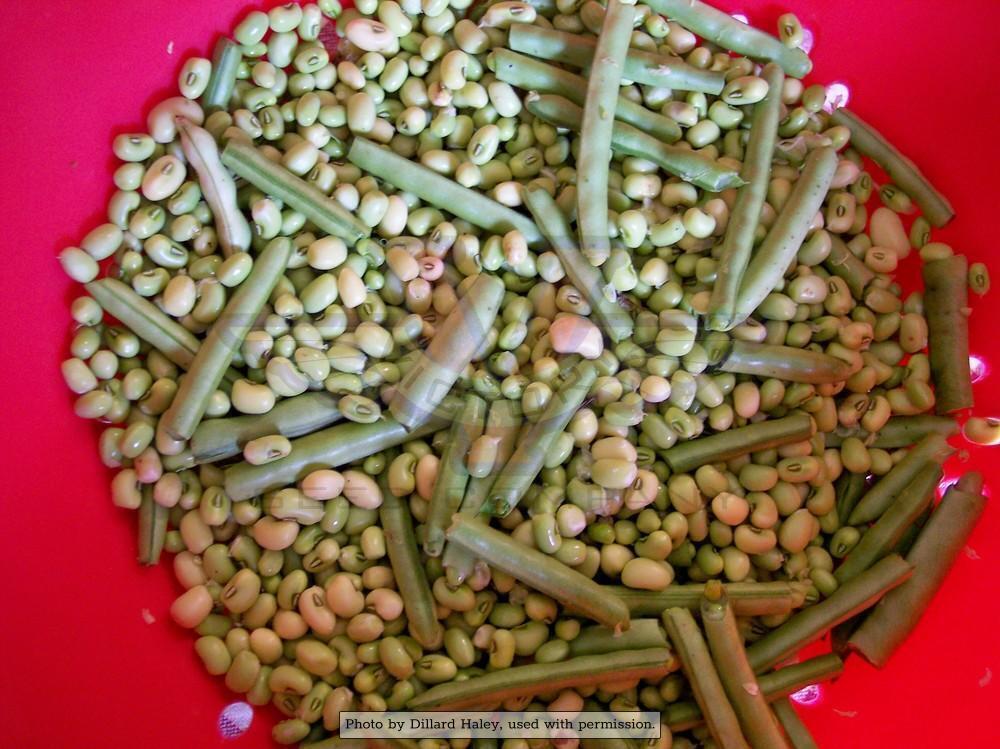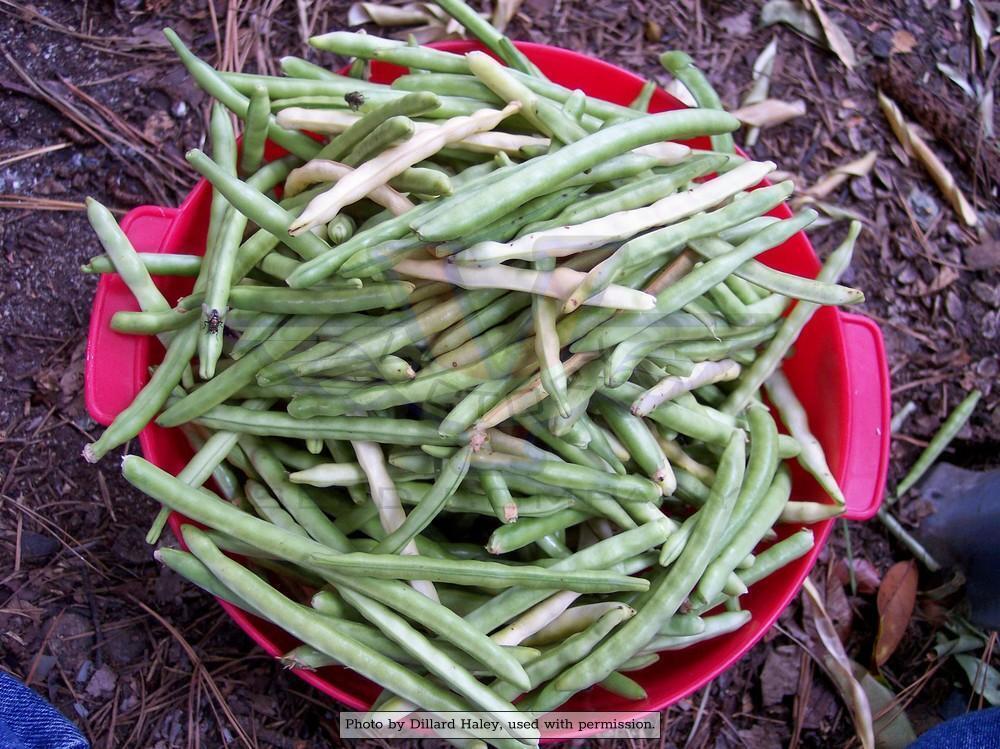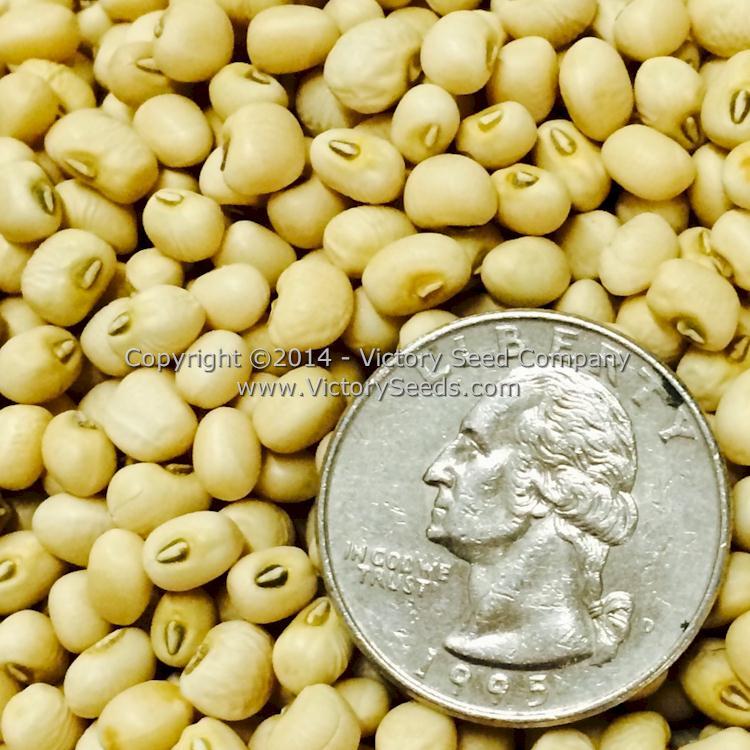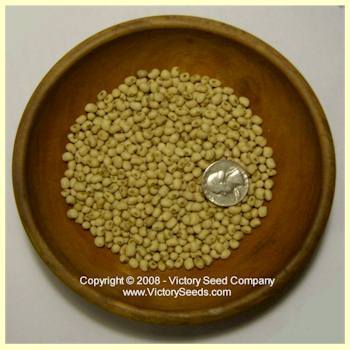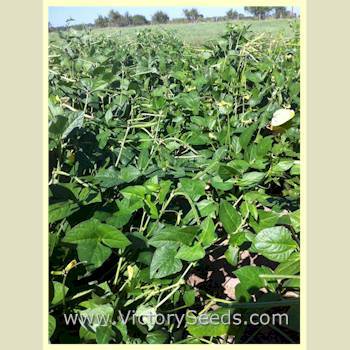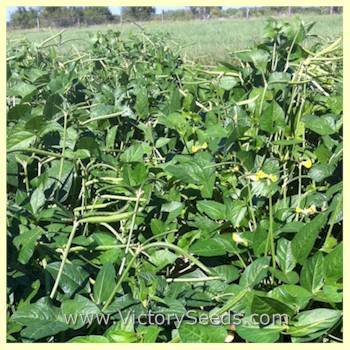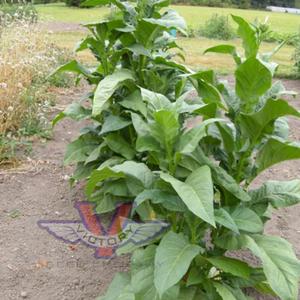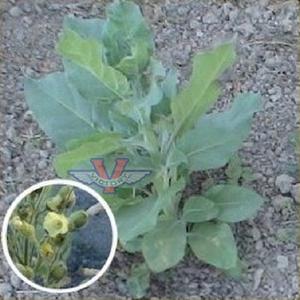






Lady Southern Pea
Price: $3.25
SKU: 3300401Southern Pea (Cowpea)
90 days — Also known as 'Lady Finger', 'Rice', 'Lady Edible' and 'Lady Rice', 'Lady' is a heat tolerant, cream-type Southern pea. Like many older heirloom varieties, their growth habit is semi-erect, meaning that their plants will produce short runners and tend to sprawl plants. That said, the pods tend to set at foliage level making them easy to pick. Their white flowers produce short, slightly constricted pods yielding peas that are sweet, very tasty, very small, and cream colored with a darker colored eye.
'Lady' peas are sweet tasting and usually ready to eat at the green shelly stage (about 70 to 75 days), when they can be eaten fresh, or frozen for later. They also can be left on the vine to dry and are usually ready at about 90 days. They are a small pea so it takes a little more work than other varieties, but most people feel that is is worth the effort.
One of the first commercially available varieties, 'Lady' is an old heirloom that dates back to the early 1800s. Over the years, 'Lady' has been sold by most Southern seed companies, often under varying names, some of which are mentioned above.[1] Because of their small seed size, there are a lot of seeds (up to about 350 seeds per ounce), each ounce goes a long way!
Sow seeds directly outdoors as soon as soil temperatures reach 70F. Optimal germination occurs between 75 to 95F. Plant ½ to one inch deep, 1 to 2 seeds every two inches. Keep moist until germination. Thin to one plant every 3 to 6 inches in rows spaced 24 to 36 inches apart. Irrigation is normally not necessary as they are renowned for their ability to grow under harsh conditions. For improved germination of hard seed, soak in warm water for four hours just prior to sowing.
References:
- "Agricultural Varieties of the Cowpea and Immediately Related Species," by Charles Vancouver Piper, USDA Bulletin No. 229, 1912
Customer Reviews:
By pam (phoenix, az) on December 31, 2024
it was not a fortuitous year in our garden for any of the black eye pea tribe. summer was too hot, aboe 105 degrees, warm nights as well, well into october, the rodents like black eye peas. we did harvest enough to replant and try again next year.
By Andrew Shepherd (Headland, AL) on October 18, 2024
We planted the lady southern pea using peat moss starter pods and after 7-10 days of nothing I reached out to Victory Seeds. They quickly answered back and said to plant the seeds directly in the dirt, not peat moss, and let them know if that didn't work. That did the trick and within a few weeks we had way more pea plants than we anticipated. They grew big and strong and were so good. I can't wait to plant them again next year!
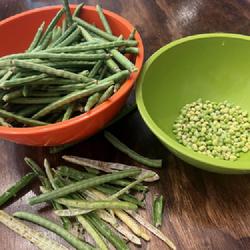
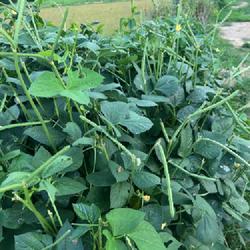
By JR (N. Alabama) on October 2, 2024
This was our first year planting the southern lady peas and they turned out perfect and performed very well. I grew up eating these with my grandmother and she would buy them at the Farmers Market in Central Alabama. Great memories and now i can continue that tradition and grow our own! If i had one suggestion i would spread them out more than the packaging suggests to allow more room for them to grow as a bit more manageable. Once they start producing you almost have to pick them every other day. We found the key to picking them at the right time is when they are almost discolored into a light brown phase or at least when the pea pods are more defined as easier to shell.
By Ann (North Texas) on February 22, 2023
I've grown Lady peas for several years in our heavy clay soil and challenging climate, and they never disappoint. They are one of the few crops that survive our harsh summers and regroup for a second go round as the weather cools off. Once they are established, the plants don't need much irrigation, always a plus. We dry some for storage and freeze "peas and snaps". They have a delicate yet meaty flavor and go wonderfully with some nice home grown cornbread.
